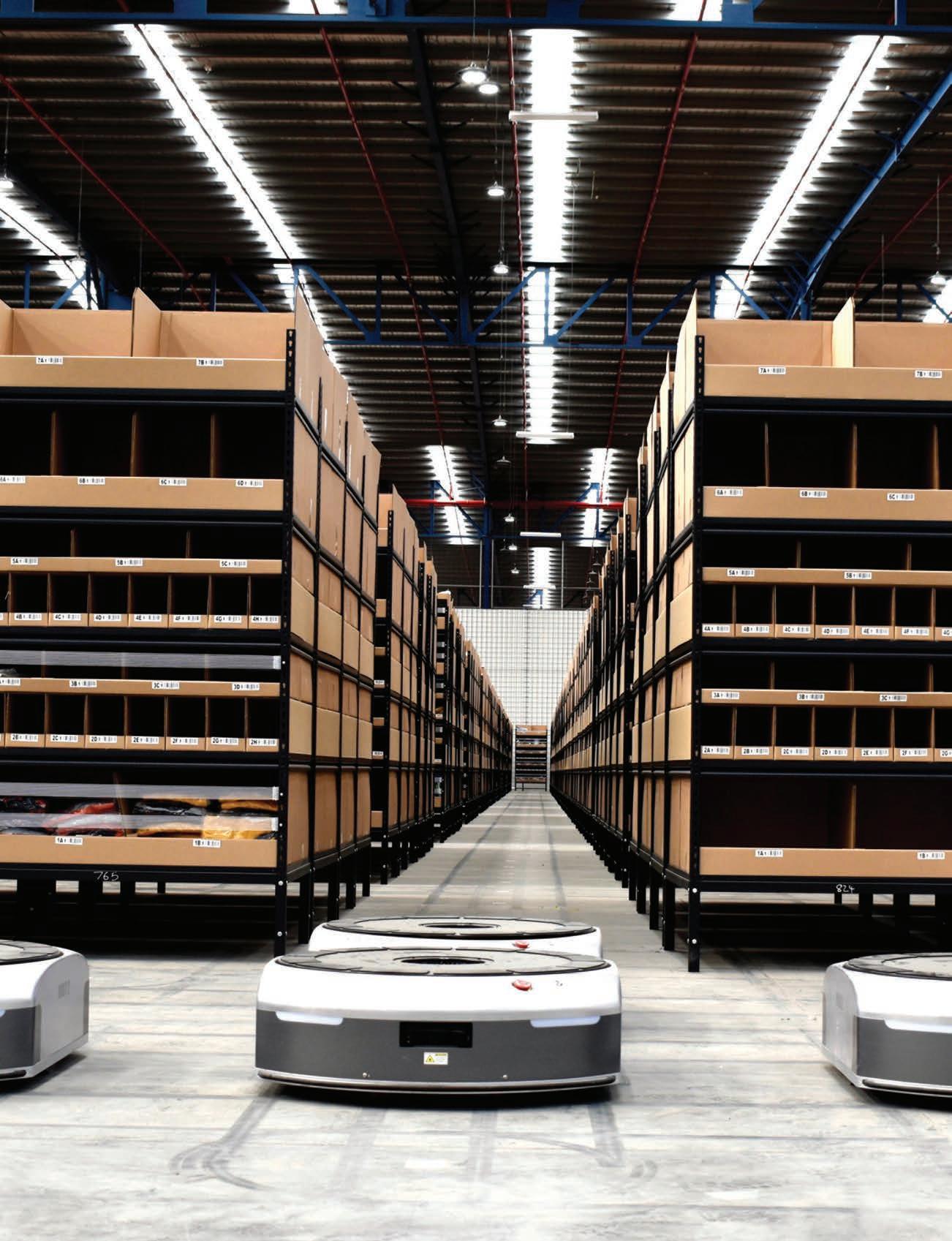MHD TECHNOLOGY
REMOTE WORKING: THE NEW NORMAL? Since the outbreak of coronavirus, businesses have had to adapt quickly in enabling large parts of their workforce to be set up remotely. Here MHD delves into the developments that are taking place across the supply chain as we adapt to this new way of working.
Video software provider, Zoom, has seen daily users more than quadruple since the COVID-19 outbreak.
I
n the midst of the coronavirus pandemic, many workers have had no choice but to switch to remote working. While many roles in the logistics and supply chain are essential roles that will continue to be carried out in warehouses and distribution centres across the nation, there are many service providers, leadership teams and support staff who are now carrying out their entire job responsibilities from home. 40 | MHD MAY 2020
Google, Apple and Twitter were among the first organisations to order all employees to work from home, but now as the nation is tasked with flattening the curve of the coronavirus, organisations both small and large have ordered their entire workforce to work remotely. Before COVID-19, remote working was already a trend on the rise, with research published by online job search site Indeed revealing in early 2019 that 60 per cent of respondent’s
workplaces allowing them to work from home. However, recent research from a Gartner HR survey reveals that 88 per cent of organisations have encouraged or required employees to work from home due to the coronavirus, this was published at the start of March so may well be even higher as Australia moves towards a more severe lockdown. According to a report by JP Morgan, Zoom, a video conferencing software provider, has seen daily users more than quadruple and technology provider






















